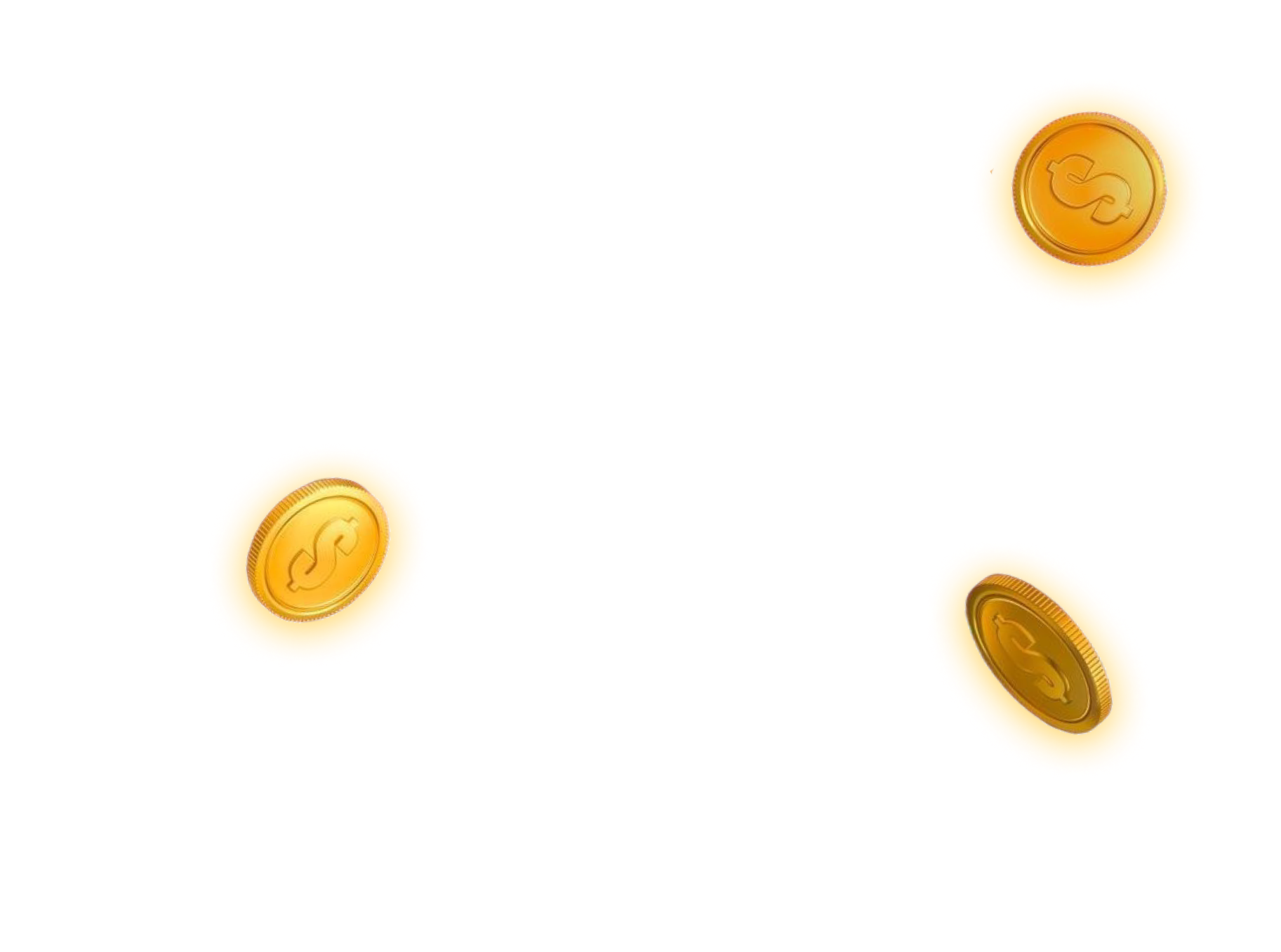

Scoop Your Jackpot Today!
Play Free - Win Real Prizes!
Live Winners
Join the USA's Favourite Way to Play – The Scoop Social Casino
Looking for big wins without the risk? Scoop delivers the fun of Vegas straight
to your screen no purchase necessary.
No Purchase Required. Free Forever
Have fun without paying on our free-to-play social casino.
FIRST LOGIN BONUS – 100% FREE GAME
Join Now And Play Your First Game With
Zero Cost – It's On The House
No Purchase Required. Free Forever
Have fun without paying on our free-to-play social casino.

Best VIP Programs
Tailored rewards exclusively for you
Daily Free Gold Coins
Log in daily to claim free coins
Hold and Win
Even more ways to win, with over 75 Hold and win games
Refer a Friend
Win big by Sharing with friends
No Purchase Required. Free Forever
Have fun without paying on our free-to-play social casino.

Hundreds of Free To Play Social Casino-Style Games
Scoop Casino features hundred of free social casino styles games. including popular title like Blackjack. Buffalo Hold and Win. and Money Train 3. With new games added weekly. you'll never run out of exciting options to play.
No Purchase Necessary
Scoop Casino is always free to play. with no purchase or payment required. You can get more free coins by mailing entries. winning competitions or collecting your daily free coins.
Easy & Fast Checkout
Scoop's easy checkout system makes it a breeze to upgrade your social casino experience with Gold Coin packages.
Enjoy VIP Customer Support
Looking for a reliable free-to-play social casino with top-notch customer support? Scoop Casino offers VIP assistance for any questions you may have about our website.
